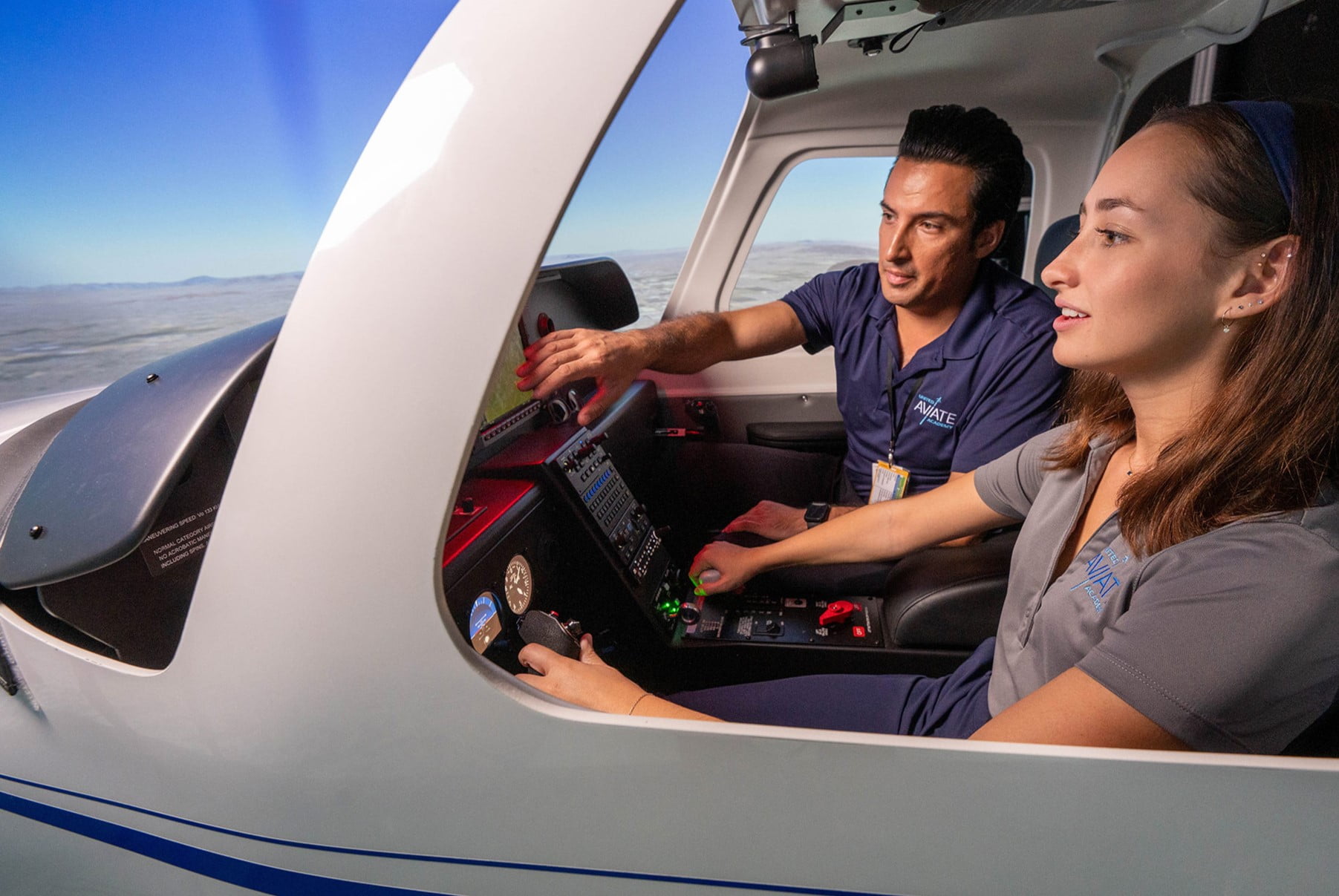
Ever wondered what it takes to become a pilot? Flight training is an exciting journey filled with challenges and rewards. From understanding aerodynamics to mastering navigation, aspiring pilots must learn a wide range of skills. But what exactly does flight training involve? It’s not just about flying a plane; it’s about safety, precision, and decision-making. Did you know that pilots must log a minimum number of flight hours before they can earn their license? Or that weather plays a crucial role in flight planning? In this post, we'll explore 16 fascinating facts about flight training that will give you a clearer picture of what it takes to soar the skies. Buckle up and get ready for takeoff!
Key Takeaways:
- Flight training starts with ground school, a student pilot certificate, and medical certification. Different licenses like PPL, CPL, and ATPL allow pilots to fly for various purposes. Understanding the costs, duration, and career opportunities is essential for aspiring pilots.
- Flight training can be expensive, but scholarships and loans are available. Weather, full-time dedication, and flight hours required can impact the duration of training. After obtaining a basic license, pilots can pursue additional training and specializations like IR, MER, and CFI. Flight training opens the door to various career opportunities in aviation, including becoming an airline pilot or working in corporate flying, aerial photography, and emergency medical services.
The Basics of Flight Training
Flight training is an exciting journey for aspiring pilots. Understanding the fundamentals can help you navigate this path more effectively.
-
Flight training typically starts with ground school. Ground school covers essential topics like aerodynamics, weather, and navigation. This theoretical knowledge is crucial before you take to the skies.
-
A student pilot certificate is required. Before you can start flying lessons, you need a student pilot certificate from the Federal Aviation Administration (FAA). This certificate allows you to fly under the supervision of an instructor.
-
Medical certification is necessary. Pilots must pass a medical exam to ensure they are fit to fly. The type of medical certificate required depends on the kind of flying you plan to do.
Types of Pilot Licenses
Different licenses allow pilots to perform various types of flying. Knowing these can help you decide which path to take.
-
Private Pilot License (PPL) is the most common. With a PPL, you can fly for personal or recreational purposes but not for compensation or hire.
-
Commercial Pilot License (CPL) allows you to get paid. A CPL lets you work as a pilot and get paid for your services. This license requires more training and flight hours than a PPL.
-
Airline Transport Pilot License (ATPL) is the highest level. An ATPL is required to be a captain for an airline. It demands extensive training and experience.
Flight Training Costs
Understanding the financial aspect of flight training can help you plan better.
-
Flight training can be expensive. Costs vary widely but can range from $8,000 to $15,000 for a PPL. Advanced licenses like CPL and ATPL can cost significantly more.
-
Scholarships and loans are available. Many organizations offer scholarships to help offset the cost of flight training. Student loans are another option to consider.
-
Pay-as-you-go is a common payment method. Many flight schools allow you to pay for lessons as you take them, making the financial burden more manageable.
Flight Training Duration
The time it takes to complete flight training can vary based on several factors.
-
Weather can impact training schedules. Bad weather can delay flight lessons, extending the time it takes to complete your training.
-
Full-time students can finish faster. Those who can dedicate more time to training often complete their programs quicker than part-time students.
-
Flight hours required vary by license. A PPL typically requires a minimum of 40 flight hours, while a CPL requires around 250 hours.
Advanced Training and Specializations
After obtaining a basic license, pilots can pursue additional training and specializations.
-
Instrument Rating (IR) is highly recommended. An IR allows you to fly in various weather conditions using only the aircraft's instruments. This rating enhances safety and expands your flying opportunities.
-
Multi-Engine Rating (MER) is essential for certain careers. If you plan to fly larger, multi-engine aircraft, you'll need this rating. It involves additional training and flight hours.
-
Flight Instructor Certificate (CFI) allows you to teach. Becoming a certified flight instructor lets you train new pilots. This can be a rewarding career path and a way to build flight hours.
Career Opportunities in Aviation
Flight training opens the door to various career opportunities in aviation.
- Airline pilot is a popular career choice. Many pilots aim to work for commercial airlines, which offer competitive salaries and benefits. Other options include corporate flying, aerial photography, and emergency medical services.
Taking Off with Confidence
Flight training isn't just about learning to fly; it's about mastering skills that ensure safety and efficiency in the skies. From understanding aerodynamics to navigating complex airspaces, every aspect of training builds a foundation for a successful aviation career. Simulators play a crucial role, offering a risk-free environment to practice maneuvers and emergency procedures. Weather patterns, air traffic control, and instrument reading are just a few of the critical areas pilots must grasp.
Choosing the right flight school, staying committed to continuous learning, and logging sufficient flight hours are essential steps. With dedication and the right guidance, aspiring pilots can transform their passion for flying into a rewarding profession. Remember, the sky's not the limit—it's just the beginning. So, buckle up, trust your training, and get ready to soar to new heights.
Frequently Asked Questions
Was this page helpful?
Our commitment to delivering trustworthy and engaging content is at the heart of what we do. Each fact on our site is contributed by real users like you, bringing a wealth of diverse insights and information. To ensure the highest standards of accuracy and reliability, our dedicated editors meticulously review each submission. This process guarantees that the facts we share are not only fascinating but also credible. Trust in our commitment to quality and authenticity as you explore and learn with us.


